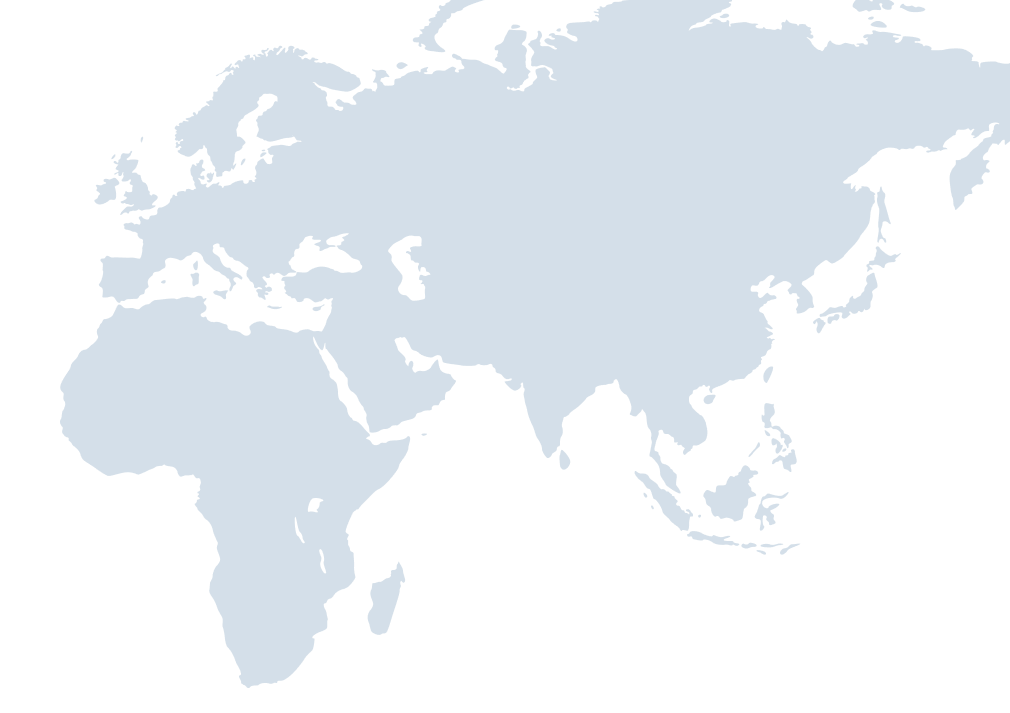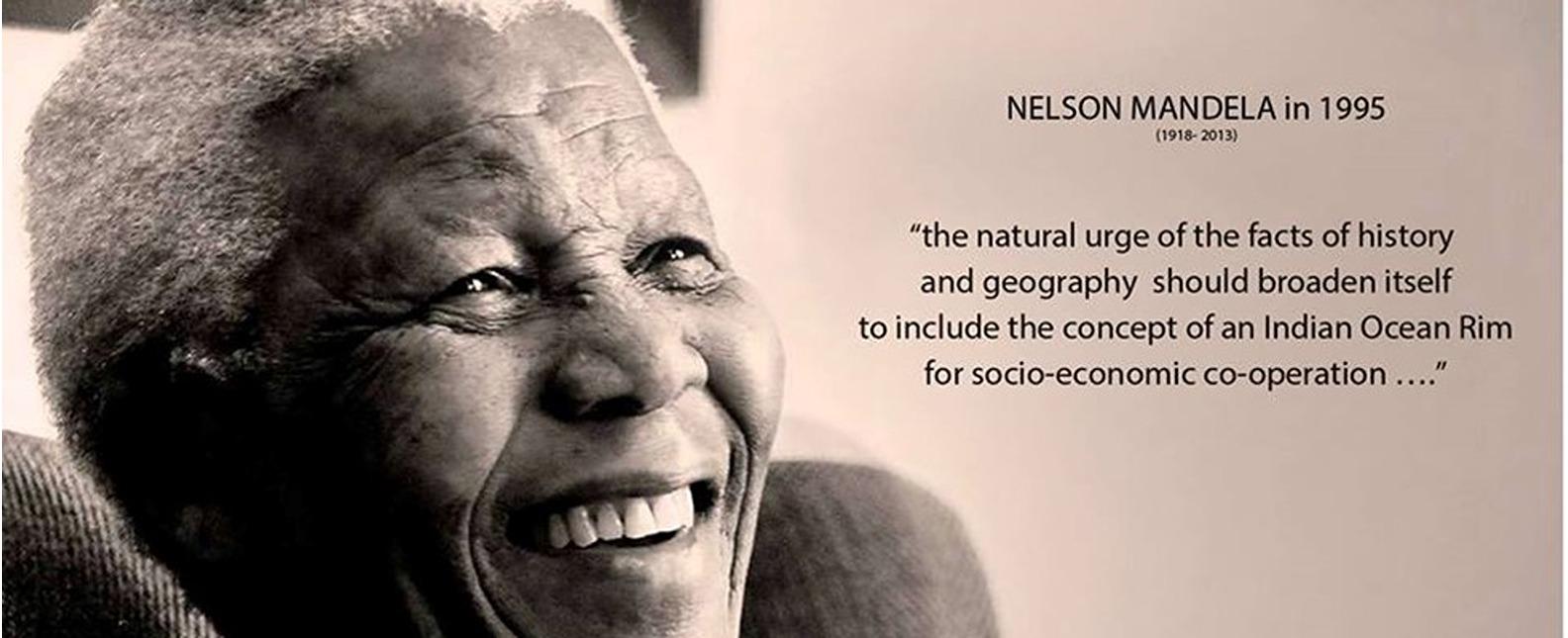

As the third largest ocean woven together by trade routes, commands control of major sea-lanes carrying half of the world’s container ships, one third of the world’s bulk cargo traffic and two thirds of the world’s oil shipments, the Indian Ocean remains an important lifeline to international trade and transport.
Home to nearly 2.7 billion people, Member States whose shores are washed by the ocean are rich in cultural diversity and richness in languages, religions, traditions, arts and cuisines.They vary considerably in terms of their areas, populations and levels of economic development.
They may also be divided into a number of sub-regions (Australasia, Southeast Asia, South Asia, West Asia and Eastern & Southern Africa), each with their own regional groupings (such as ASEAN, SAARC, GCC and SADC, to name a few). Despite such diversity and differences, these countries are bound together by the Indian Ocean.
The United Arab Emirates (UAE) assumed the role of Chair since November 2019 - November 2021, followed by the People's Republic of Bangladesh November 2021 - November 2023. The Democratic Socialist Republic of Sri Lanka is the current Chair.
A committee of Senior Officials (CSO) meets twice a year to progress IORA’s agenda and consider recommendations by Working Groups and forums of officials, business and academics to implement policies and projects to improve the lives of people within the Indian Ocean Member States.



